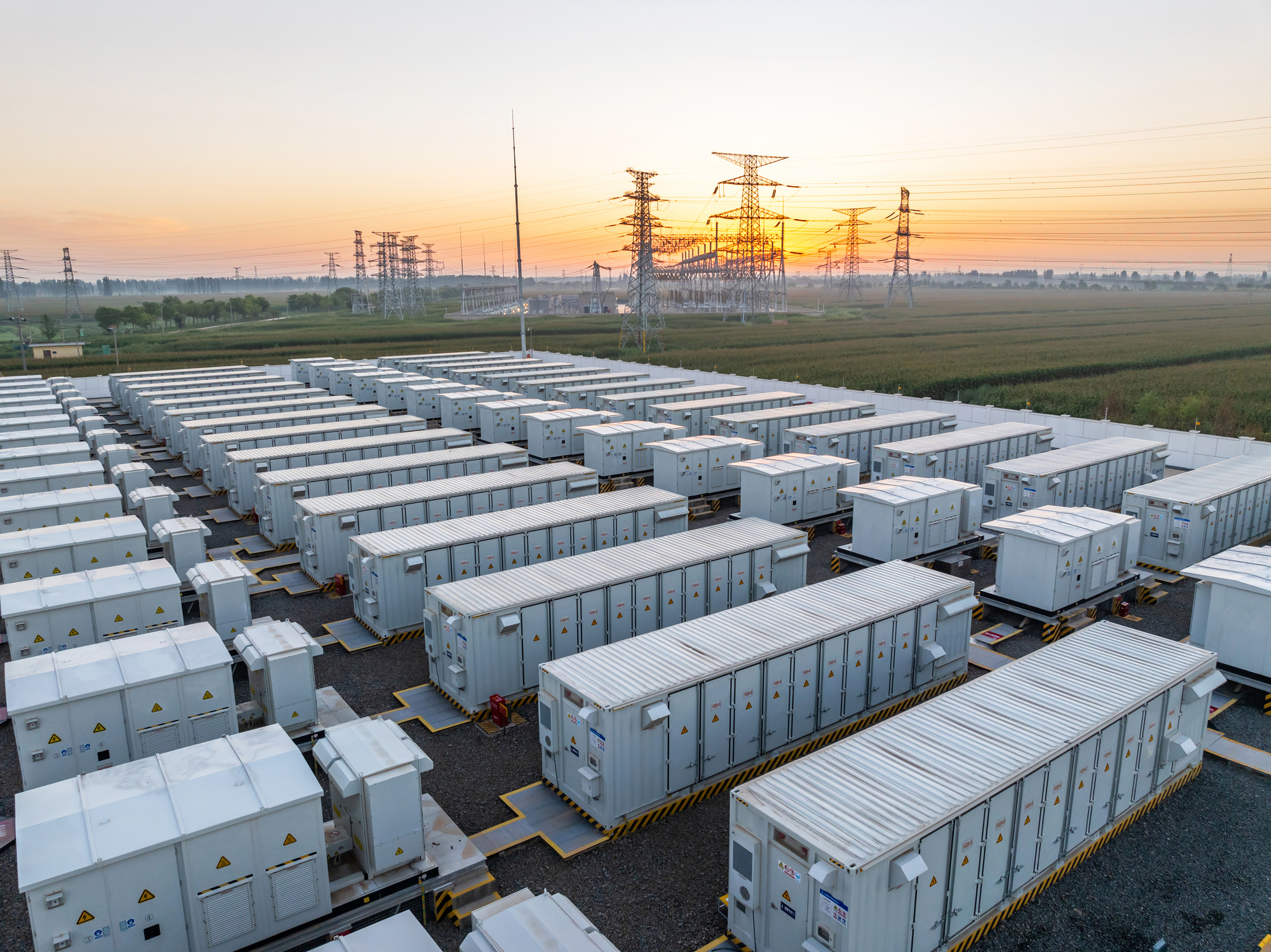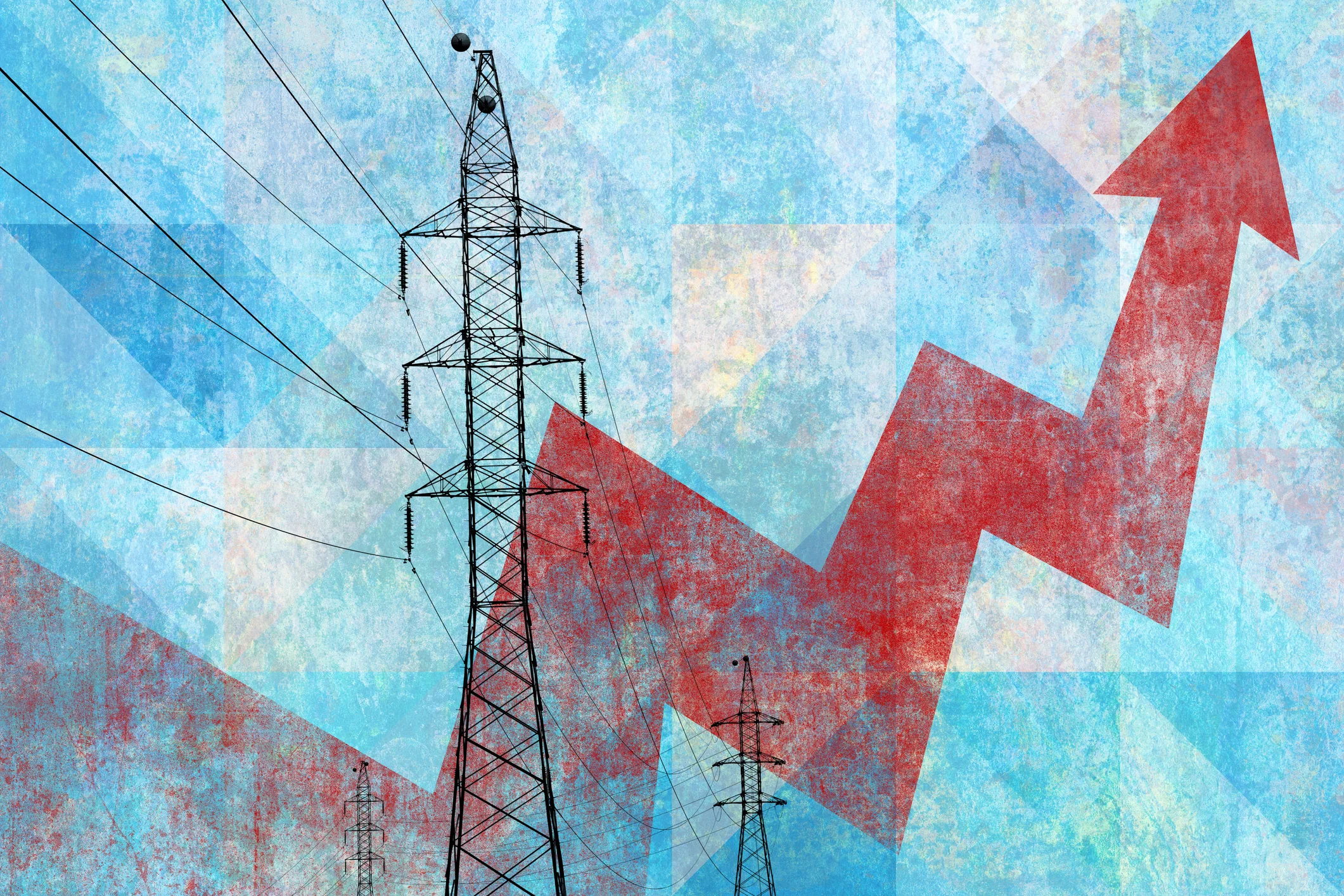In 2023, the Department of Energy (DOE) reported that 80-160 GW of virtual power plant capacity is necessary by 2030 to meet rising demand during the energy transition from fossil fuels, 30-60 GW of which is attributed to demand response. Demand flexibility initiatives like demand response or EV charging are enabled through distributed energy resources (DERs) like solar, battery storage, electric vehicles and EVSE, and smart devices like thermostats and water heaters. These otherwise disparate behind-the-meter resources are then aggregated through a Grid-Edge distributed energy resource management system (DERMS), and benefit from an informed and engaged public: every behind-the-meter demand flexibility program is only as effective as customers are engaged and willing to participate. Fortunately, with increases in DER adoptions expected to nearly double by 2027, increases to battery storage capacity and electric vehicle manufacturing, and legislation like the Inflation Reduction Act or Bipartisan Infrastructure Law, utilities are poised to meet increased demand through community support.
Behind-the-Meter DERS: the Next Frontier
To meet rising demand, utilities are already turning to distributed energy resources (DERs). Currently, that often manifests through the use of Grid DERMS, distributed energy resource management systems that aggregate utility-held and owned DER assets like solar or battery installations. These assets are dependable for grid operators, who require reliability in energy planning around the clock.
By contrast, Grid-Edge DERMS manages the behind-the-meter DER assets increasingly adopted in every community. When coupled with Topline Demand Control, a novel combination of Grid-Edge DERMS software, AI, forecasting technology, and model predictive control, utilities can access reliable energy on demand, rendering all behind-the-meter asset DERs a dependable resource.
For utility customers, reliable and affordable energy remains a priority, one which utilities can deliver through a combination of Grid & Grid-Edge DERMS to aggregate complementary DER assets. These assets combine to form virtual power plants and have already proven an effective solution. Let’s look at a few ways that utilities can benefit from the behind-the-meter assets already in (with more coming fast) your community.
Demand Flexibility FTW!
There are many demand flexibility programs enabled by Grid-Edge DERMS including demand response, EV charging, and BYOD programs, all of which contribute to the overall aggregate capacity of virtual power plants. By and large, these programs employ device control functionality to decrease usage during peak periods of consumption to incrementally shift load to off-peak hours of demand. Doing so defrays the high costs associated with peak energy purchasing from energy markets while enhancing grid resiliency.
Behind-the-meter assets are increasingly useful in achieving greater virtual power plant capacity, as many U.S. utilities have turned to these demand flexibility programs to effectively meet growing demand. For example, Hawaiian Electric has increased VPP capacity through two battery storage programs, while Rocky Mountain Power aggregates batteries in Utah to yield approximately 20 MW of load available for real-time dispatch. Let’s take a closer look at how battery and battery energy storage systems (BESS) can help utilities meet demand affordably and reliably.
Batteries Not Included
Over the last few years, our partners at Green Mountain Power had a bold idea: provide battery storage for as many of their customers as possible. Conceptually, this affords GMP options to help prevent service failures, while creating the potential for increased demand flexibility opportunities. By providing batteries to the public, Green Mountain Power (GMP) is not only investing in their community but is building out the necessary infrastructure to ensure load management success for years to come.
Green Mountain Power’s strategy utilizes the full potential of a Grid-Edge DERMS by leveraging both batteries and EV chargers as opportunities to shift load to off-peak hours of usage. By diversifying their process, GMP can group programs by need, creating a wider set of opportunities for load-shifting potential between multiple device types while minimizing customer disruptions. Remember: customers locked out of their devices are unhappy and less likely to participate in the programs that enable your virtual power plants the next time. Conversely, not only does research indicate that customers are interested in participating in demand flexibility initiatives, but that they are more likely to do so willingly with proper communication.
EV Charging
While the EV market has proven a bit more sluggish than originally anticipated, manufacturing mandates and consumer interest are still driving robust EV adoption. EV charging runs directly parallel to demand response as a conservation effort, leveraging the charging behaviors of electric vehicles rather than thermostats or other behind-the-meter DER assets. Unlike demand response, however, EV charging hours are very different than conventional heating and cooling times with HVAC units and water heaters, meaning a comparatively erratic demand curve. One innovative approach to EV charging comes from our partners at Octopus Energy, who provide free-at-home EV charging opportunities for customers as part of their demand flexibility strategy.
Capital Investments
Capital investments are a long-standing element of the utility revenue ecosystem, one that analysts have seen increase by a 7% compound annual growth rate since 2010. To better help communities meet rising demand, utilities can use this process to directly invest in community projects that both serve low-moderate income communities and help meet demand. Examples include GMP’s investment in battery storage for their community or community solar installations. Building these resources out helps utilities meet the growth needed to increase the capacity of virtual power plants while building community rapport and support for demand flexibility programs: everyone wins.
Virtual Power Plants & the Power of Communities Conclusion
As Green Mountain Power (GMP) has demonstrated, there are many ways utilities can have their cake and eat it too. Investing in energy infrastructure in communities can revitalize neighborhoods while ushering in a new age of energy security and manageable electric costs. Distributed energy resources (DERs) have remained a strategic priority during decarbonization and electrification efforts, which is why the Biden administration has worked to incentivize VPP adoptions. As more virtual power plant capacity is developed, electric utility customers and utility providers alike will benefit from affordable energy and the increased energy efficiency that parallels demand flexibility program deployment.




